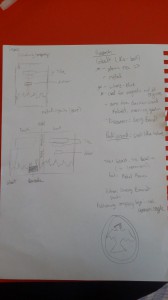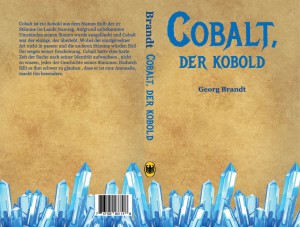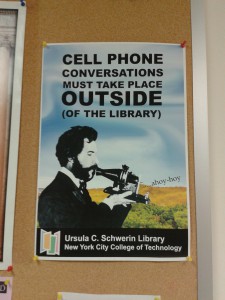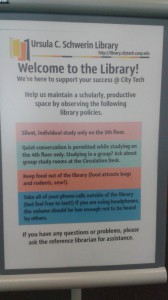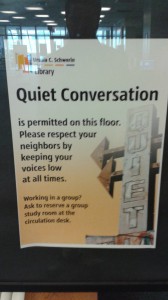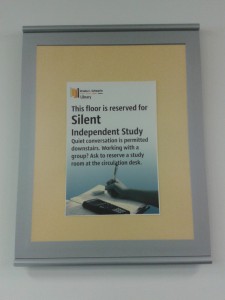Thursday, June 11, 2015
What did I learn?
Today I learned the importance of consistency. I was in-charge of designing the icons for the app project we are working on. I had to make sure the each icon were similar to each other. some important aspects that should be considered when making consistent design are the width, the corners and the amount of detail in the design.
What were my challenges?
Today’s challenge was coming up with a logo with our app. We must of brainstormed for about a hour coming up with different ideas. It is always hard to choose an idea when there are so many great concepts. I believe we all came up with some good concepts that could fit, but ultimately we left it up to Raciel to create the logo.
How did you help each other?
Once again we had a brainstorming session, this time is was about the logo for the app. We were able to come up with some great ideas such as including a magnifying glass as an element of the logo.
Other comments:
After creating some of the icons, I sent them to Mandy and she put them onto the layouts. It was starting to look really good and has the potential to become something real. This makes me more encouraged to finish this project.

